The Forgotten Religious Sanctuary in Aichi Prefecture: Exploring Jizō Statues and Pilgrimage Paths
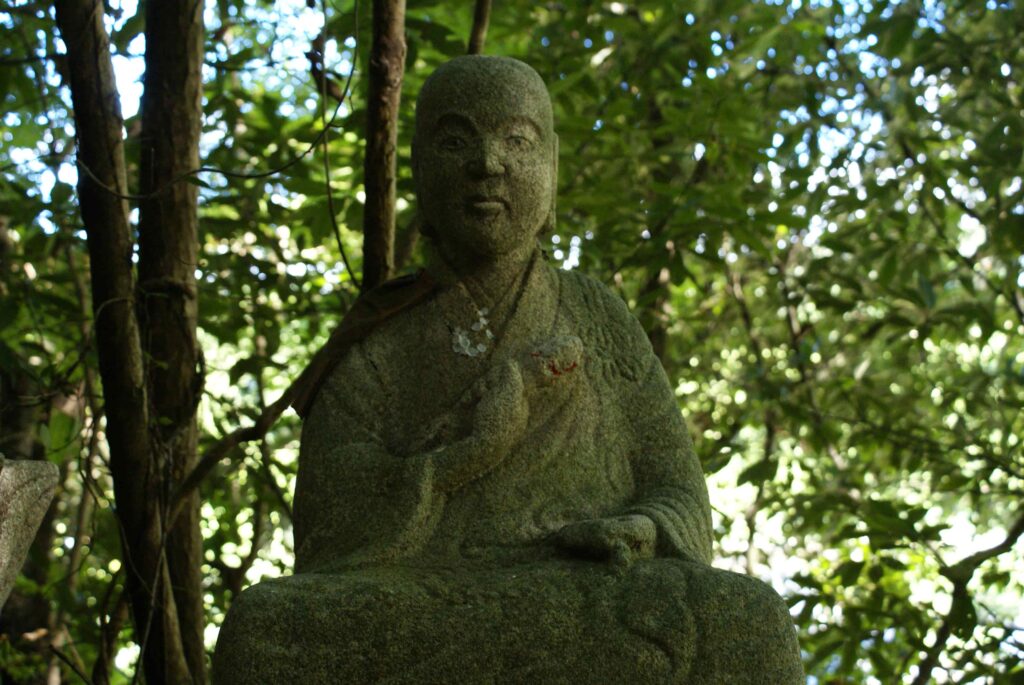
Tucked away at the foot of a mountain in Aichi Prefecture, Japan, lies a forgotten and aging religious sanctuary. The origins and primary deity of this site remain unclear, though some suggest it may have once been a place of worship for Mount Ontake. However, like other places in Japan, this sanctuary may have been designed for pilgrims seeking to visit Buddhist temples without being tied to a particular sect, similar to the Shikoku Pilgrimage.
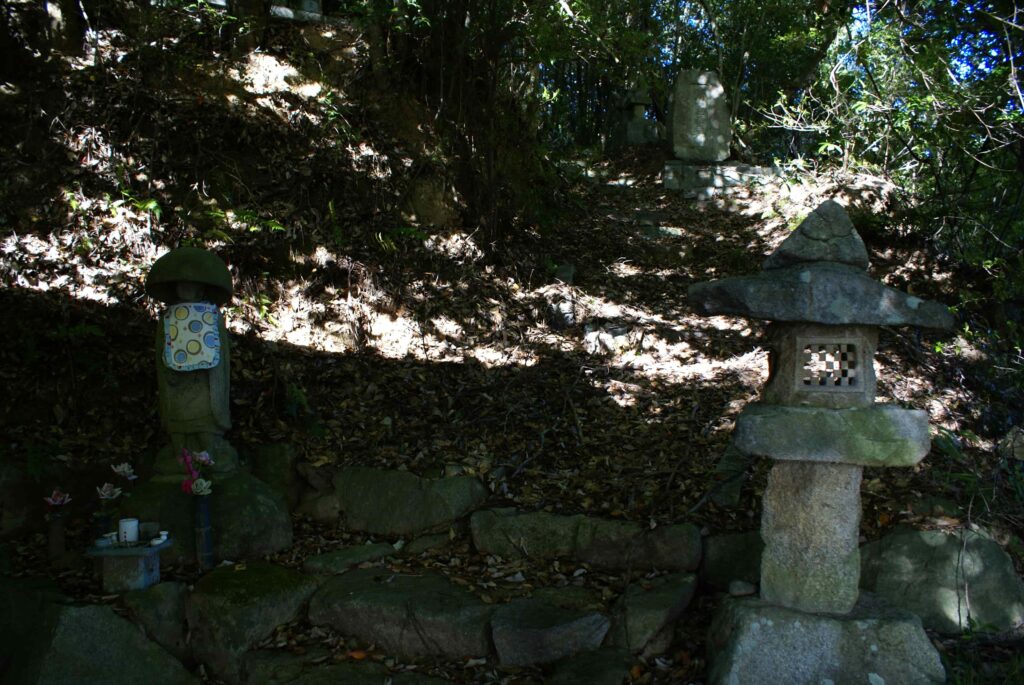
The Shikoku Pilgrimage, or Henro, is a journey to visit 88 sacred sites that are associated with the Kōbō Daishi, also known as Kūkai, a revered Buddhist monk. These sites mark the places related to his teachings and influence, rather than being centered directly around him as the focus of devotion. It’s possible that this sanctuary was created for those who could not complete the 1,400-kilometer journey across Shikoku.
One notable feature of this sanctuary is several Jizō statues, bodhisattvas who watch over people with compassion. Over time, these statues have weathered, and many have lost their heads—a poignant reminder of the passing years.
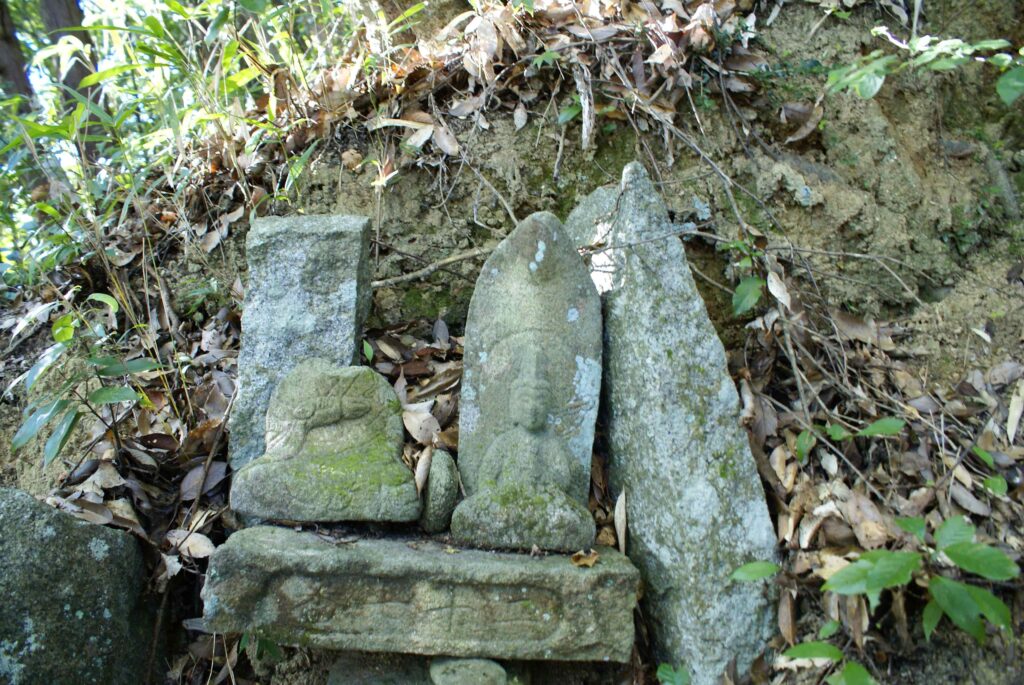
The scene brings to mind the concept of Vanitas, a reflection on the transient nature of life that is shared across various cultural traditions. Though the concept originates from biblical tradition, the idea of impermanence resonates deeply in this forgotten sanctuary. Time has worn down the structures, but there is still beauty in their slow decay.
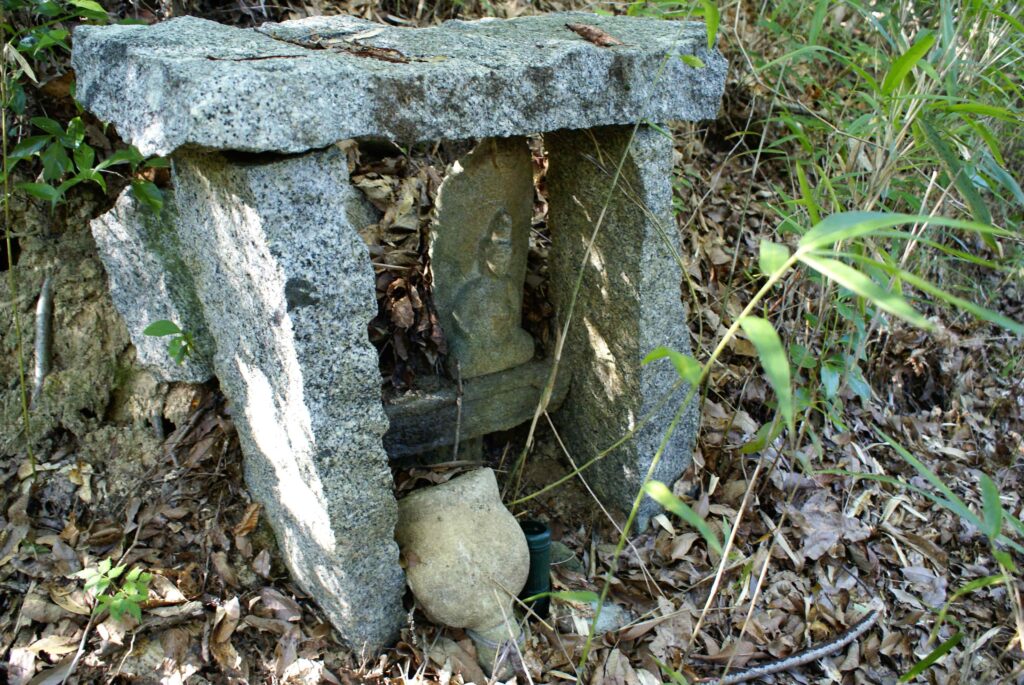
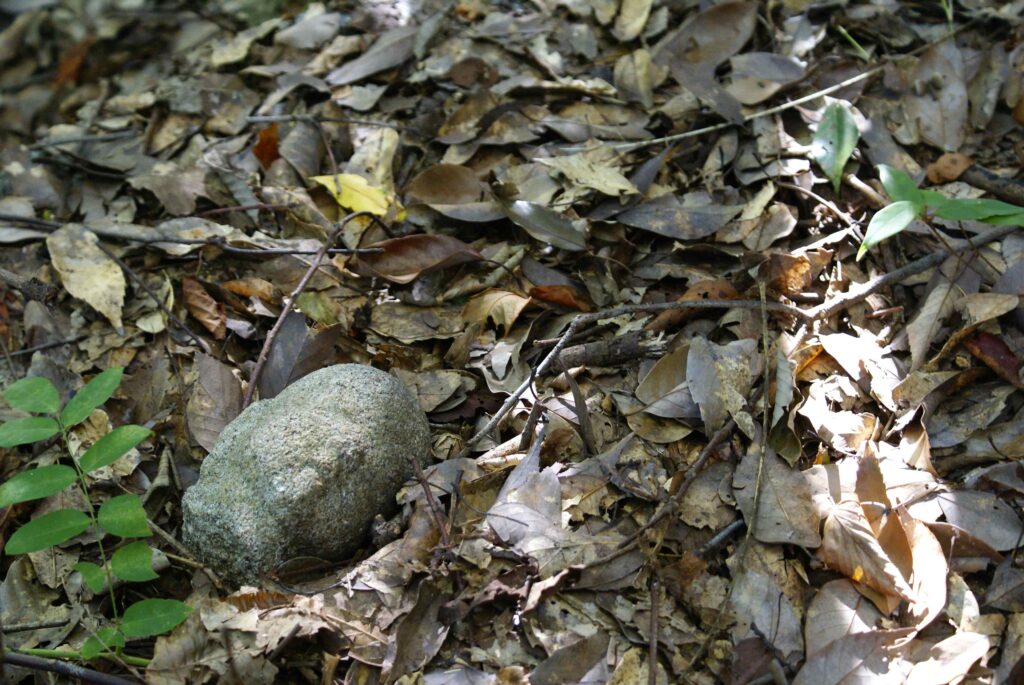
The pilgrimage path, once traveled by devoted followers, is now covered in fallen leaves. Despite the wear and tear of the statues, the sunlight continues to filter through the trees, casting a gentle light on the sacred statues. In this peaceful, quiet setting, a sense of enduring reverence still remains, as though the sanctuary itself holds onto the faith that once filled these paths.
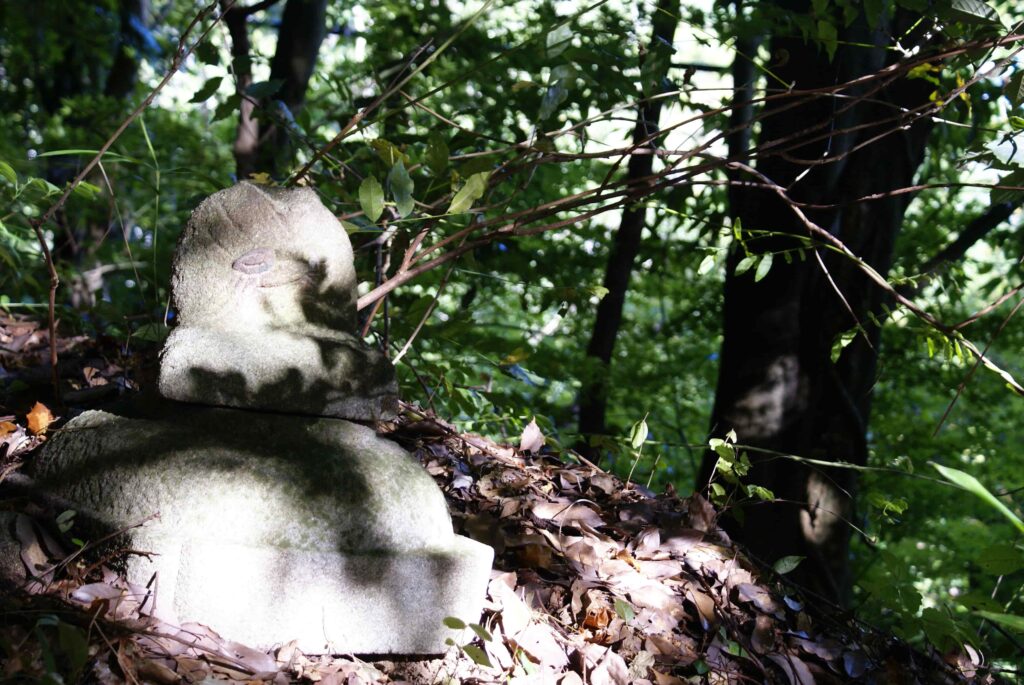
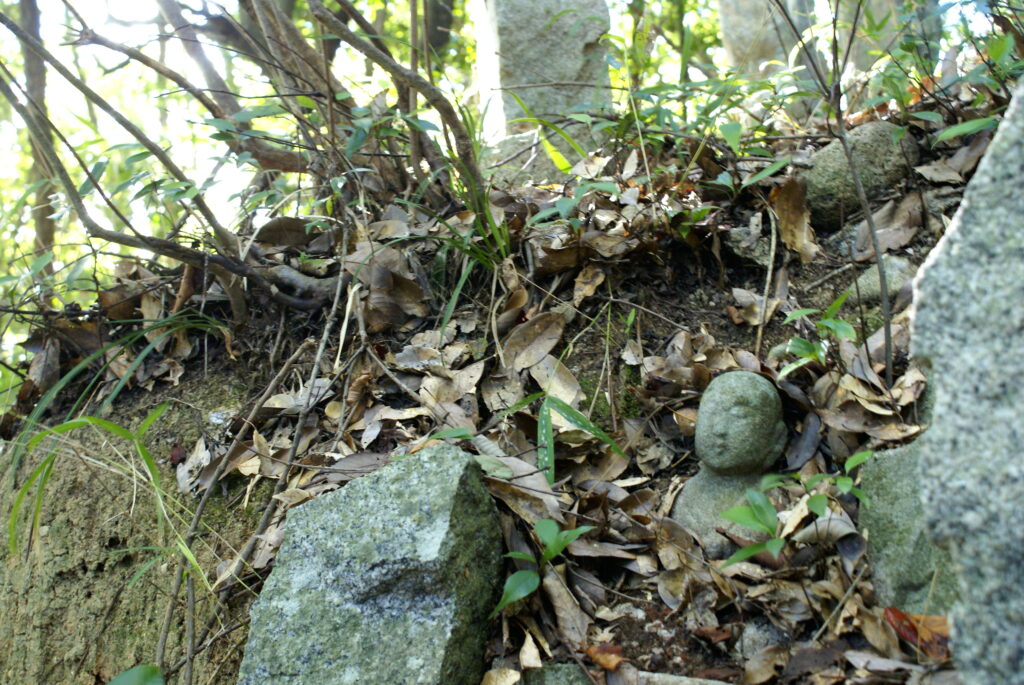
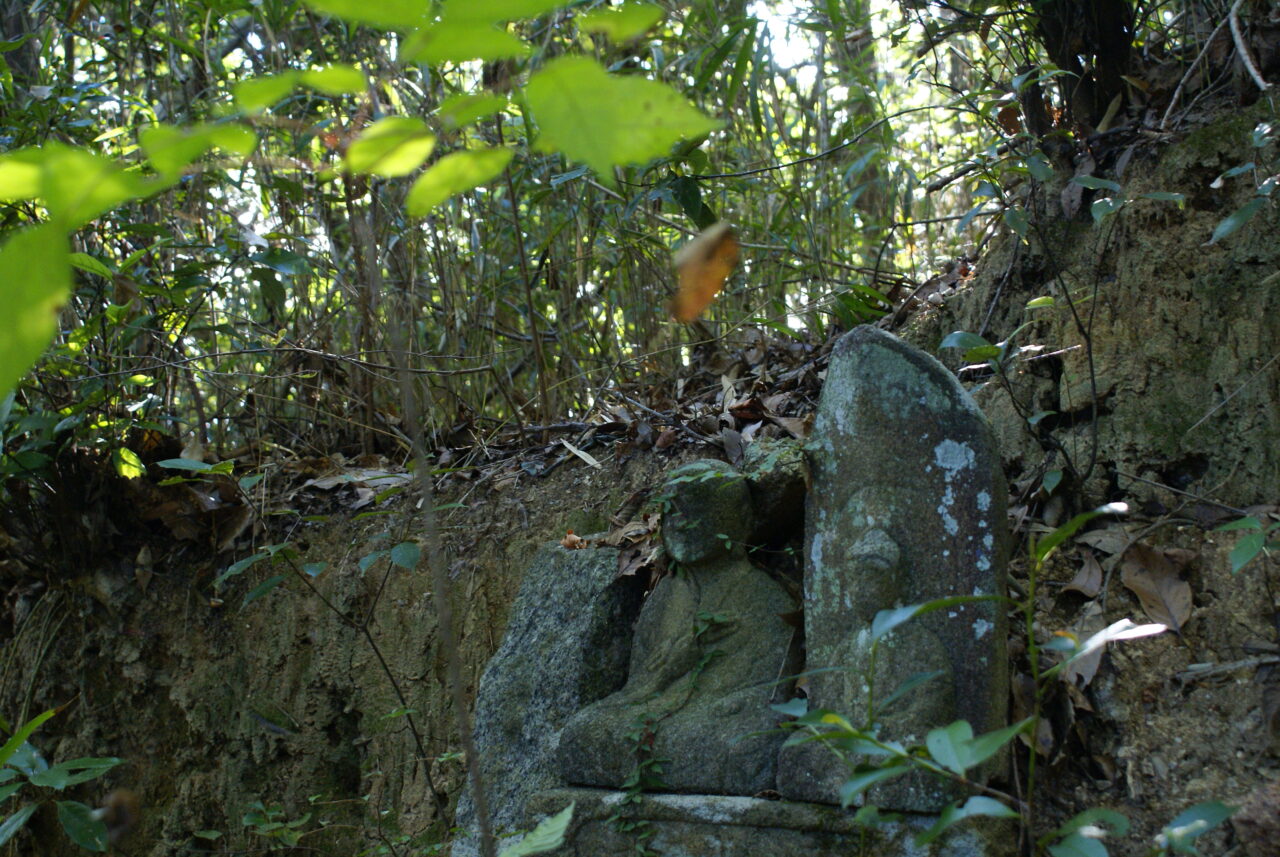
コメントを残す